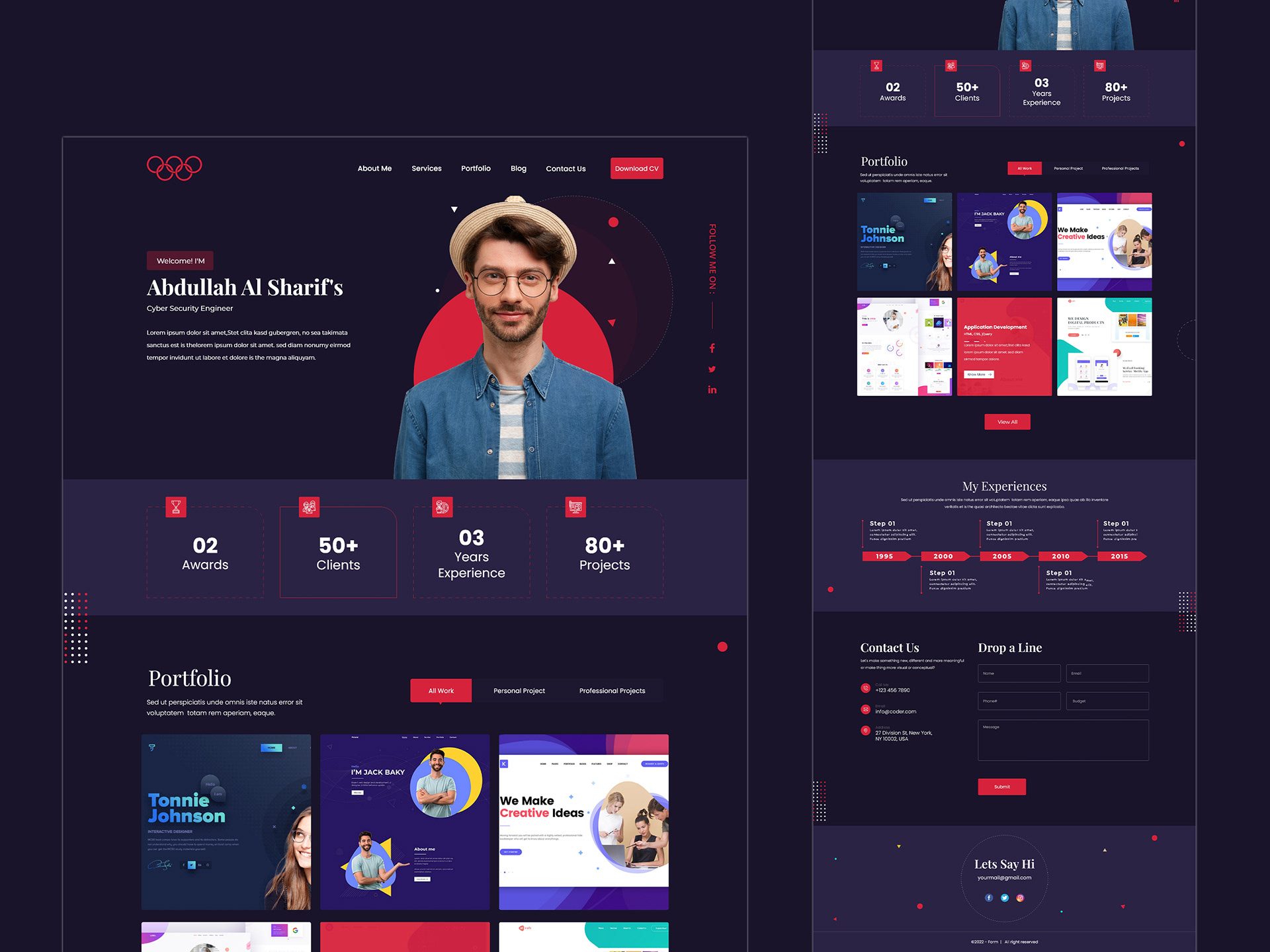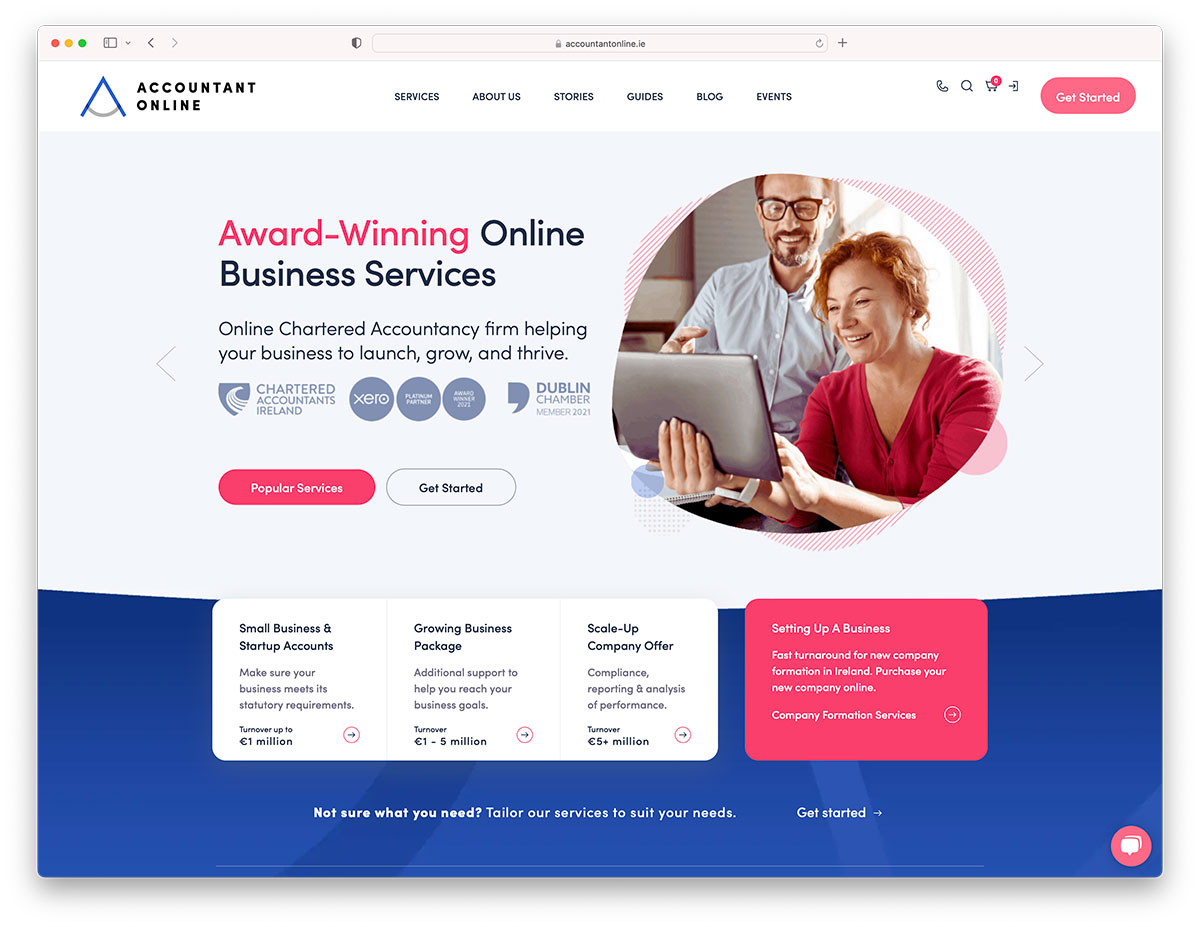Exploring the Connection Between Website Design and SEO Performance
Exploring the Connection Between Website Design and SEO Performance
Blog Article
The Ultimate Overview to Modern Internet Site Style Trends
In the ever-evolving electronic landscape, modern site style patterns play an essential duty in forming user experience and involvement. From the rise of minimal layout concepts that prioritize simplicity to the effect of strong typography in specifying brand identity, each element contributes to a natural on-line visibility.
Minimalist Style Concepts
Minimal design principles stress the idea that less is a lot more, supporting for simpleness and capability in visual communication. This strategy strips away unneeded aspects, concentrating rather on necessary components that communicate the designated message successfully. By prioritizing clearness, minimal design boosts customer experience, permitting visitors to browse internet sites easily.
Core tenets of minimal style consist of using enough white room, which creates a feeling of equilibrium and company. This unfavorable room not just directs the visitor's attention to crucial elements but additionally cultivates a calming aesthetic atmosphere. Furthermore, a limited color scheme is usually employed, making use of soft tones or monochromatic schemes to maintain aesthetic communication and avoid frustrating the customer.
Typography plays a crucial function in minimalist layout, where readable font styles are picked for their simpleness and performance in interacting web content. Graphics and images are used moderately, ensuring that they offer a function instead than sidetrack from the general message. Inevitably, minimal style principles cultivate a focused setting that urges users to involve with the content, boosting the general performance of modern internet site style. This trend shows a growing admiration for thoughtful, user-centric aesthetic appeals in digital areas.
Strong Typography Choices
Embracing bold typography choices has actually come to be a specifying attribute of modern-day site design, as it properly catches attention and conveys solid messaging. Designers are increasingly making use of typography not merely as a functional aspect yet as a key aesthetic element that improves the total visual and customer experience.

Additionally, the association of strong typography with minimal layout principles enables for striking contrasts, improving readability while keeping aesthetic appeal. The usage of whitespace around strong message further highlights its value, guaranteeing that the message resonates with the audience.
As electronic landscapes come to be a lot more affordable, leveraging vibrant typography makes it possible for brands to differentiate themselves and leave an enduring impact. The mindful selection of font styles and their application can evoke feelings, establish tone, and drive activity, making bold typography a crucial tool in contemporary website design. Eventually, it is an effective means to boost narration and guarantee that essential messages are not only seen but likewise felt.
Receptive and Mobile-first Design
Mobile-first and responsive style has become a vital principle in modern-day website development, reflecting the enhancing dependence on smart phones for accessing on-line material. As individual behavior changes towards mobile browsing, designers should prioritize creating experiences that adjust flawlessly across numerous screen dimensions and resolutions.
A responsive layout makes certain that an internet site automatically adjusts its layout, pictures, and capability based on the gadget being used. This approach improves individual experience by supplying consistent navigation and readability, irrespective of whether the site visitor is on a desktop computer, tablet, or smart device computer. In addition, mobile-first style advocates for establishing web sites at first for smaller sized screens, ultimately scaling approximately larger screens. This approach encourages a more structured and effective design procedure, focusing on important web content and functionality first.
Executing responsive and mobile-first principles not only satisfies individual choices however also lines up with search engine optimization (SEARCH ENGINE OPTIMIZATION) practices. Significant internet search engine, like Google, focus on mobile-friendly internet sites in their positions, making it critical for companies to take on these design strategies. In a competitive digital landscape, embracing responsive and mobile-first layout is not simply an option; it is crucial for making sure ease of access and engagement with a varied audience.
Involving Microinteractions
Microinteractions play a crucial duty in improving individual engagement and general internet site experience, specifically in the context of receptive and mobile-first style. These refined design components provide instant comments to individuals, making interactions more delightful and instinctive. Instances consist of switch animations, notification alerts, and loading indications, which not just overview users but likewise develop a feeling of connection with the interface.
Including engaging microinteractions can significantly boost usability by minimizing cognitive tons. When customers get visual or auditory feedback upon carrying out actions, such as clicking a button or sending a type, they feel much more certain in their choices. This cultivates a smoother navigation experience, eventually boosting user retention.

As site style fads continue to develop, the value of microinteractions can not be overemphasized. They act as the subtle yet powerful touchpoints that transform ordinary interactions right into extraordinary experiences, thus elevating the overall efficiency of modern website design.
Lasting Website Design Practices
Lasting website design practices are coming to be significantly vital as the digital landscape expands and ecological problems rise. Developers and designers are recognizing their duty to create websites that not just serve individual needs yet also lessen environmental influence. This method includes a number of essential approaches.
Firstly, optimizing power consumption is vital. Sites must be developed to fill swiftly and successfully, which decreases web server power usage and improves individual experience. Techniques such as image compression, minimizing HTTP requests, and making use of modern-day coding techniques contribute substantially to this objective.
Second of all, selecting environment-friendly organizing service providers is essential - website design. Lots of organizing firms are now powered by renewable power sources, enabling sites to run in a much more sustainable fashion. This option reflects a dedication to minimizing carbon footprints
Furthermore, adopting a minimalist design can enhance sustainability. Fewer components on a web page bring about less information transfer, which not just speeds up loading times yet additionally preserves sources.
Last but not least, promoting digital availability guarantees that websites get to a wider audience without unneeded bloat, lining up user experience with ecological obligation. By integrating these sustainable techniques, web developers can add favorably to both user involvement and the planet's health.
Conclusion
In summary, contemporary internet site layout trends highlight the combination of minimal principles, vibrant typography, and receptive style to boost user experience. Involving microinteractions contribute to memorable communications, while lasting methods advocate their website for environmentally aware advancement. Jointly, these components not only elevate visual appeal but also improve functionality, making certain that sites are both straightforward and aesthetically striking. Adopting these fads Get the facts is necessary for developing impactful digital experiences that resonate with individuals in a progressively affordable online landscape.
In the ever-evolving digital landscape, modern-day website layout trends play a critical role in forming individual experience and interaction. By focusing on quality, minimal style improves individual experience, enabling site visitors to navigate internet sites effortlessly.
Inevitably, minimal style concepts cultivate a focused atmosphere that encourages customers to involve with the web content, enhancing the general performance of contemporary web site style.Microinteractions play a critical duty in boosting individual engagement and overall website experience, specifically in the context of responsive and mobile-first layout.In recap, contemporary site layout fads emphasize the combination of minimal principles, strong typography, and responsive design to boost customer experience.
Report this page